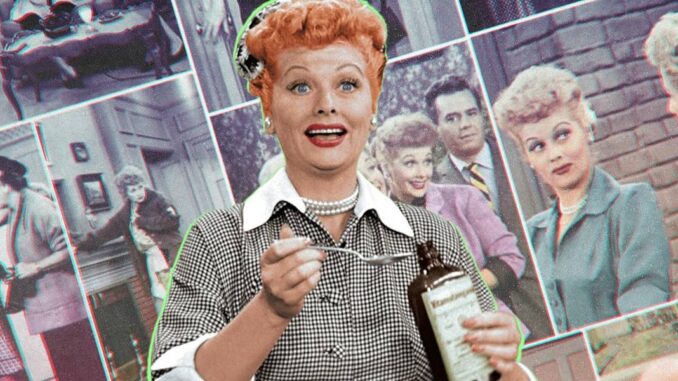
More Than Laughs: The Show’s Quiet Social Commentary
On the surface, I Love Lucy was pure escapism. But buried beneath the pratfalls and laughter were subtle explorations of gender roles, immigration, and identity — daring choices for a sitcom in the 1950s.
Lucy vs. the Housewife Ideal
While Lucy was often the “silly housewife,” her constant efforts to break out of traditional roles — whether working, performing, or scheming — subtly questioned postwar expectations of women. She wanted more than just domesticity.
Ricky Ricardo: A Cultural First
As one of the first Latino leads on American television, Desi Arnaz brought Cuban culture into millions of homes. Though often played for laughs, Ricky’s bilingualism, music, and mannerisms helped normalize a more diverse American identity.
A Smile That Changed the Conversation
The genius of I Love Lucy was that it never shouted its messages. It invited audiences to laugh — and then think, laying the groundwork for smarter, more inclusive storytelling in decades to come.
